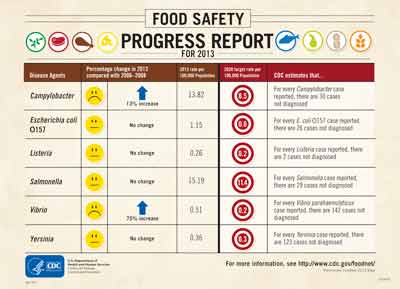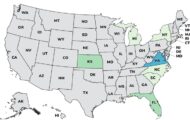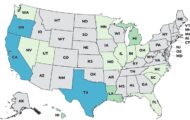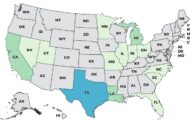There isn’t much progress in the the Centers for Disease Control and Prevention’s Food Safety Progress Report for 2013. The annual report which tracks reported cases of infection from foodborne pathogens such as Salmonella, Listeria, E. coli and Campylobacter, shows rates have remained flat in most cases and increased in others.
 E.coli, Listeria, Salmonella* and Yersinia food poisoning rates have all remained flat since 2006, while rates of infection from Vibrio and Campylobacter have increased. Infections from Campylobacter, which is most often associated with poultry and dairy products, have risen 13 percent since 2006. Vibrio infections, which are most often associated with eating raw shellfish, were at the highest level in 2013 since tracking began in 1996. However, rates of the most serious form of Vibrio infection, Vibrio vulnificus, have remained steady.
E.coli, Listeria, Salmonella* and Yersinia food poisoning rates have all remained flat since 2006, while rates of infection from Vibrio and Campylobacter have increased. Infections from Campylobacter, which is most often associated with poultry and dairy products, have risen 13 percent since 2006. Vibrio infections, which are most often associated with eating raw shellfish, were at the highest level in 2013 since tracking began in 1996. However, rates of the most serious form of Vibrio infection, Vibrio vulnificus, have remained steady.
The current levels aren’t close to the agency’s 2020 targets for the six major pathogens. As expressed per population of 100,00, the current rates and target rates are as follows: Campylobacter- 13.82 current, 8.5 target; E. coli O157:H7- 1.15 current, 0.5 target; Listeria-. 26 percent current, .2 target; Salmonella- 15.19 current, 11.4 target, Vibrio- .51 current, .2 target and Yersinia- .36 current to .3 target.
*Salmonella infection rates increased in 2010 to 17.6 per 100,000. Since, they have decreased 9 percent to 15.19 cases per 100,000, about the same rate as in 2006.





Insanity: doing the same thing over and over again and expecting different results – Albert Einstein. For foods that require cooking, isn’t it about time to start working on the user end of the equation rather that trying to clean up the food supply? Food storage, preparation, and cooking skills for cooked foods need improvement and investment in awareness and training.
While it’s true that more people need education in food safety and safe food preparation methods, the fact remains that they wouldn’t get sick if corporations weren’t selling contaminated food. The ultimate responsibility for making sure the food supply is safe belongs to the corporation. That’s the law in this country, and why they are liable when food they sell makes someone sick.